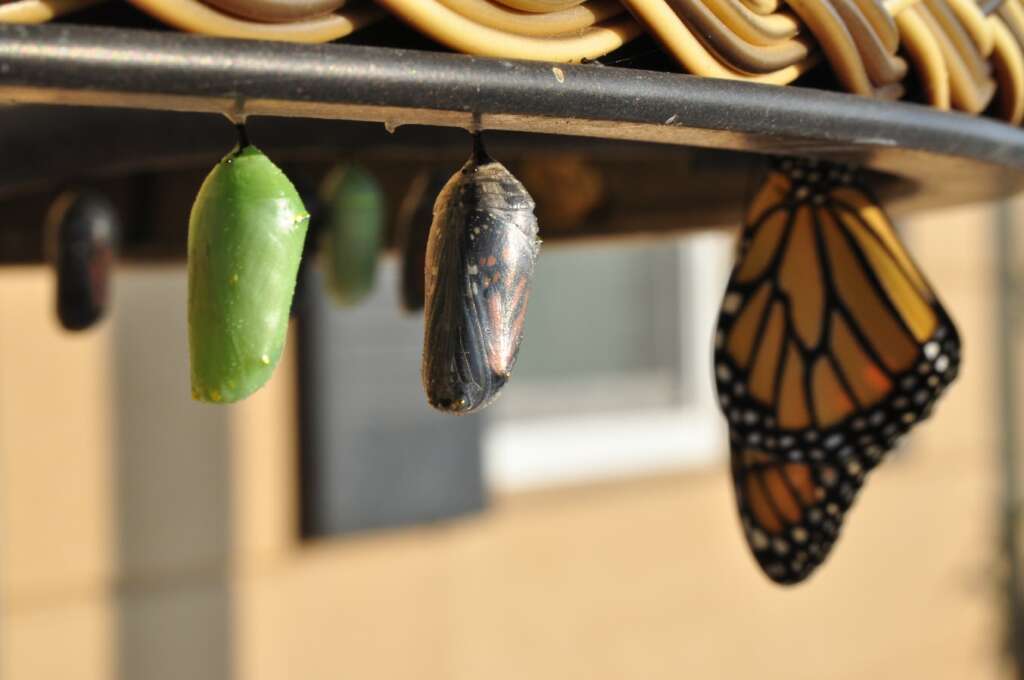By Shradha Shendge
Since coming to university, something that I’ve been thinking about a lot recently has been this idea of Growth Mindset. I’ve heard people throw this term around a lot, but it’s one thing to understand what it means and a completely different thing to actually put it into practice.
The easiest way to visualize growth mindset is by comparing it to a fixed mindset. American psychologist Carol Dweck studied these core neurological attitudes through extensive research. Essentially, people who have a fixed mindset believe that things such as their intelligence, creativity, and character are permanently solidified. Their pattern of thinking after certain failures such as performing poorly on a test, not making it onto a sports team, or getting turned down for a job is often along the lines of “I’m never going to understand this,” “I am a failure,” and “Either I’m good at it or I’m not.”
On the other hand, people who truly thrive off of challenges and view them as learning opportunities are said to have a growth mindset. They view failure as an opportunity to learn, are inspired by other people’s success, and try things that push them out of their comfort zone. Both of these mindsets are powerful because they trickle into every aspect of our lives: the way we overcome obstacles, whether we stick with our long-term goals, and even how we interact with others.


However, the concept of fixed and growth mindset is not completely black and white. Not everyone can maintain a growth mindset all the time—most of the time, we are a blend of growth mindset and fixed mindset. The good news is that it is possible to shift your perspective closer to having a growth mindset.
The brain is malleable and can be trained to better confront challenges, which is supported on a neurological level. Neuroplasticity, or brain plasticity, is the brain’s ability to form new neural pathways and connections throughout life. Because of this, we are able to reprogram and rewire our brains to sustain a growth mindset. The more you consciously stick to it and focus on shifting your perspective on the way you view yourself, the more it will become second nature.
Now that you have a general idea of what growth mindset really is and why it’s so important, I will share a few tips that will give you some ways to implement this into your life.
- Don’t take criticism and failure personally.
Take the advice and constructive criticism people give you as an opportunity to grow and improve. Oftentimes our ego will get in the way of seeing the bigger picture, which leaves us stuck in a fixed mindset. Someone else might be able to give you a third person perspective on something you’re working on—they might have some valuable suggestions!
- Be mindful of how you talk to yourself.
The next time you talk to yourself, even in your head, pay close attention to your tone and the way you speak. We tend to be overly critical and harsh towards mistakes we make, which just leads to a cycle of negativity. Think about it this way: if your best friend was having a tough time dealing with a mistake they made, it is unlikely that you would approach the situation from a place of judgement.
In the same way, when you are talking to yourself and feel negative thoughts slipping in, try to replace or rephrase them in a more positive light. Instead of judging yourself for a mistake or a downfall, view things with a more objective lens.
- Be realistic and value the process!
Lastly, be realistic when setting goals and trying to shift to a growth mindset. Remember, progress is not linear and growth mindset is a practice. Find joy within the process rather than getting stressed out by the end result.


I urge you to take the time and think about this idea of growth mindset and how you can implement it into your life. I am sure you will surprise yourself with just how much change can occur if you truly believe in your capabilities and shift your perspective.
.




